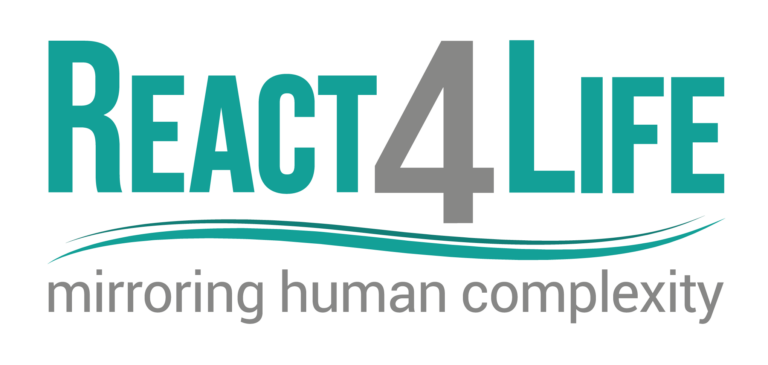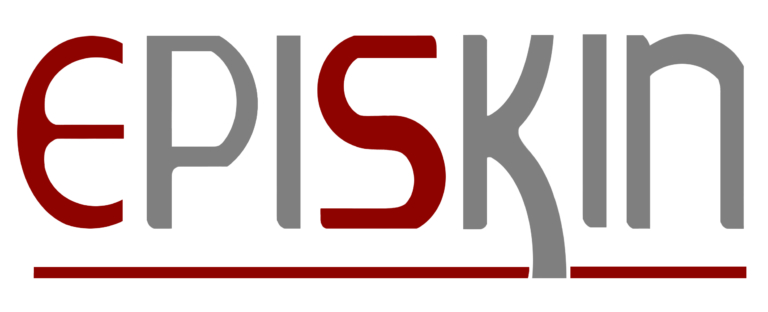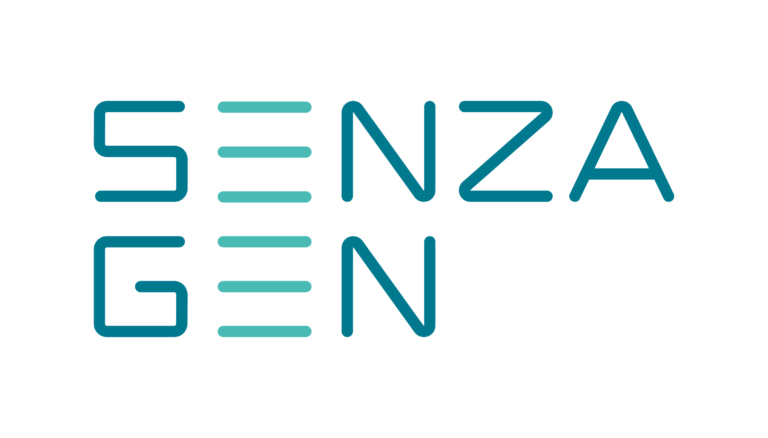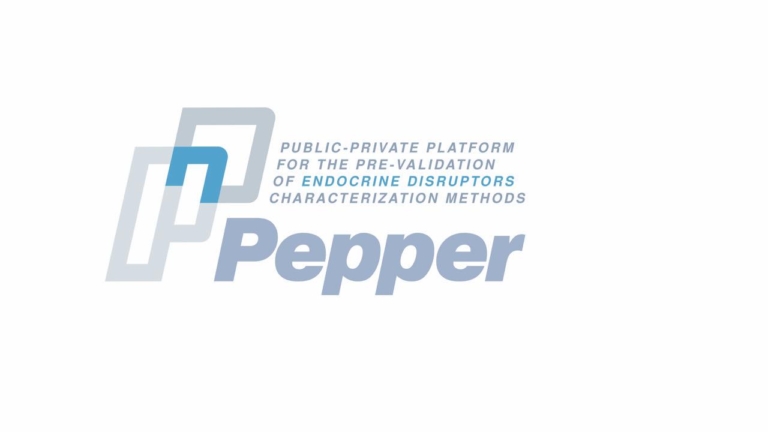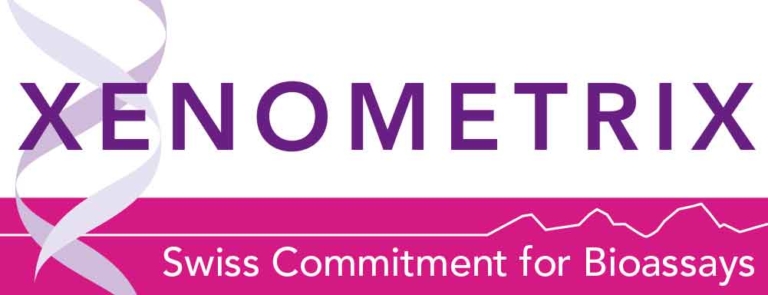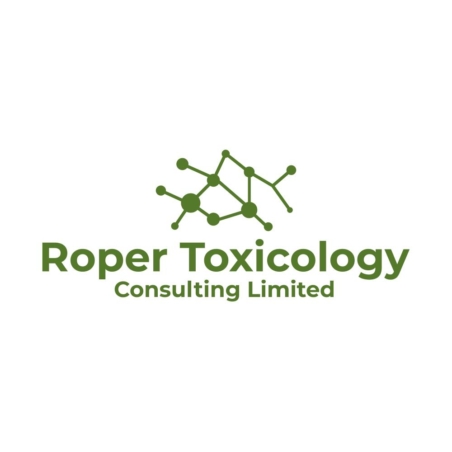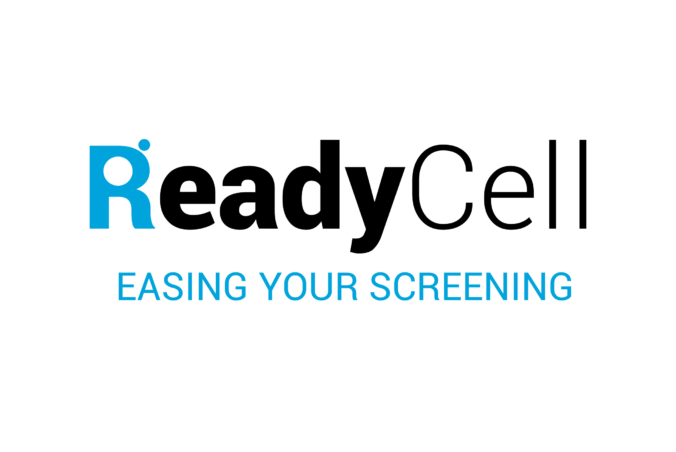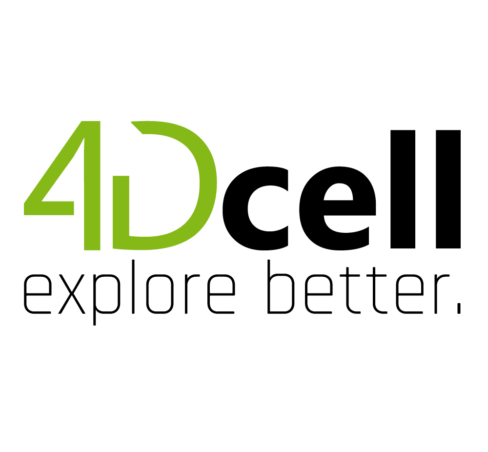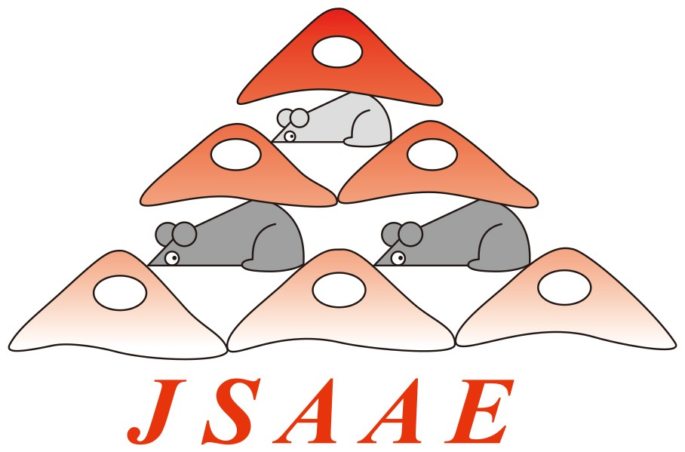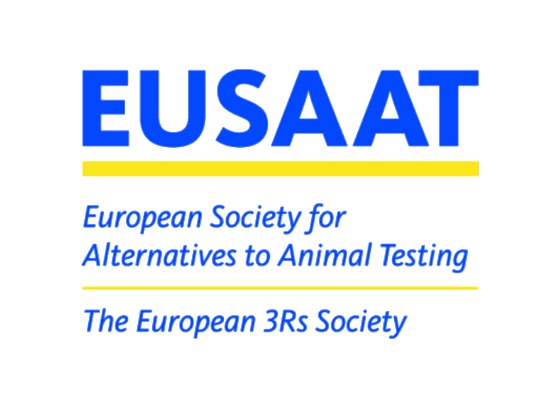Award Winners webinar: Development and Application of In Vitro Data
Dec 16, 2021 at 16:00 CET
Please join us as we kickoff our popular webinar series highlighting 2021 award winners recognized by ASCCT and ESTIV. See below for details for each presentation.
Register here: https://us06web.zoom.us/webinar/register/WN_33z8Gwg7Skihp90VfUmT2w.
Presenter 1: Agnes Karmaus, Integrated Laboratory Systems/NICEATM
Title: Gaining Context for High-Throughput In Vitro Data: Annotation Approaches and Visualization Tools
Availability of in vitro high-throughput screening (HTS) assay data is facilitating the development of computational approaches for chemical hazard assessment. Linking HTS data to regulatory endpoints remains a challenge and requires detailed information about assays as well as an understanding of biological context. For example, data from the U.S. Environmental Protection Agency’s ToxCast HTS program are annotated by technology platform, assay design, and assay/gene target information, yet it remains a challenge to provide toxicological context for potential regulatory applications. Here we present a mapping approach for HTS assay endpoints that moves beyond technology-based assay annotations. Our mapping provides a robust assay grouping schema applicable beyond HTS datasets in a toxicological endpoint-based framework. This expert-led curation and annotation is available in the Integrated Chemical Environment (ICE). Annotations map assays to regulatory toxicological endpoints of interest through structured vocabularies allowing data to be searched, grouped, and visualized by regulatory endpoint. The annotations increase accessibility for those unfamiliar with individual assays by providing context for in vitro assays (and in vivo data or in silico predictions in ICE) to facilitate identification of data gaps, insight into mechanistic plausibility, and investigation into regulatory-relevant endpoints. Finally, we highlight that while single assay results are generally insufficient for regulatory application, this approach helps integrate results from multiple assays and provides data visualization to aid review of a chemical’s potential activity for selected regulatory endpoints. This project was funded with federal funds from the NIEHS, NIH under Contract No. HHSN273201500010C.
Presenter 2: Saskia Galanjuk, IUF-Duesseldorf
Title: The human induced pluripotent stem cell (hiPS) test as an alternative method for developmental toxicity testing
The evaluation of substances for their potency to induce embryotoxicity is controlled by safety regulations. Test guidelines for reproductive and developmental toxicity are relying mainly on animal studies which make up the majority of animal usage in regulatory toxicology. Therefore, there is an urgent need for alternative in vitro methods to follow the 3R principles. To improve human safety, cell models based on human cells are of great interest to overcome species differences. Human induced pluripotent stem cells (hiPSCs) are an ideal cell source as they largely recapitulate embryonic stem cells without bearing ethical concerns and they are able to differentiate into most cell types of the human body. Here, we set up and characterized an FBS-free hiPSC-based in vitro test method, called the human induced pluripotent stem cell test (hiPS Test), to evaluate the embryotoxic potential of substances. After 10 days in culture, hiPSCs develop into beating cardiomyocytes. As terminal endpoint evaluations, cell viability, qPCR analyses as well as contraction frequency and area of beating cardiomyocytes by video analyses are measured.
 The ESTIV Members Area
The ESTIV Members Area